I’ve heard many new shooters ask “Is +P ammunition safe?” Yes, +P ammunition is safe to use in modern firearms. The “+P” designation means the round is loaded to higher pressure than standard pressure ammunition — typically 10% more pressure for most pistol calibers. Modern materials used in fireams mean that the gun’s barrel, slide, and frame are sufficiently strong to handle that extra force.
Check your firearm’s manual or the barrel markings. If it says “+P” somewhere on the gun or in the documentation, you’re good to go. If the manual warns against using +P, don’t use it. Simple as that.
What Makes +P Different
Standard SAAMI (Sporting Arms and Ammunition Manufacturers’ Institute) sets pressure limits for every cartridge. A 9mm standard load maxes out around 35,000 PSI. The 9mm +P specification pushes that to 38,500 PSI.
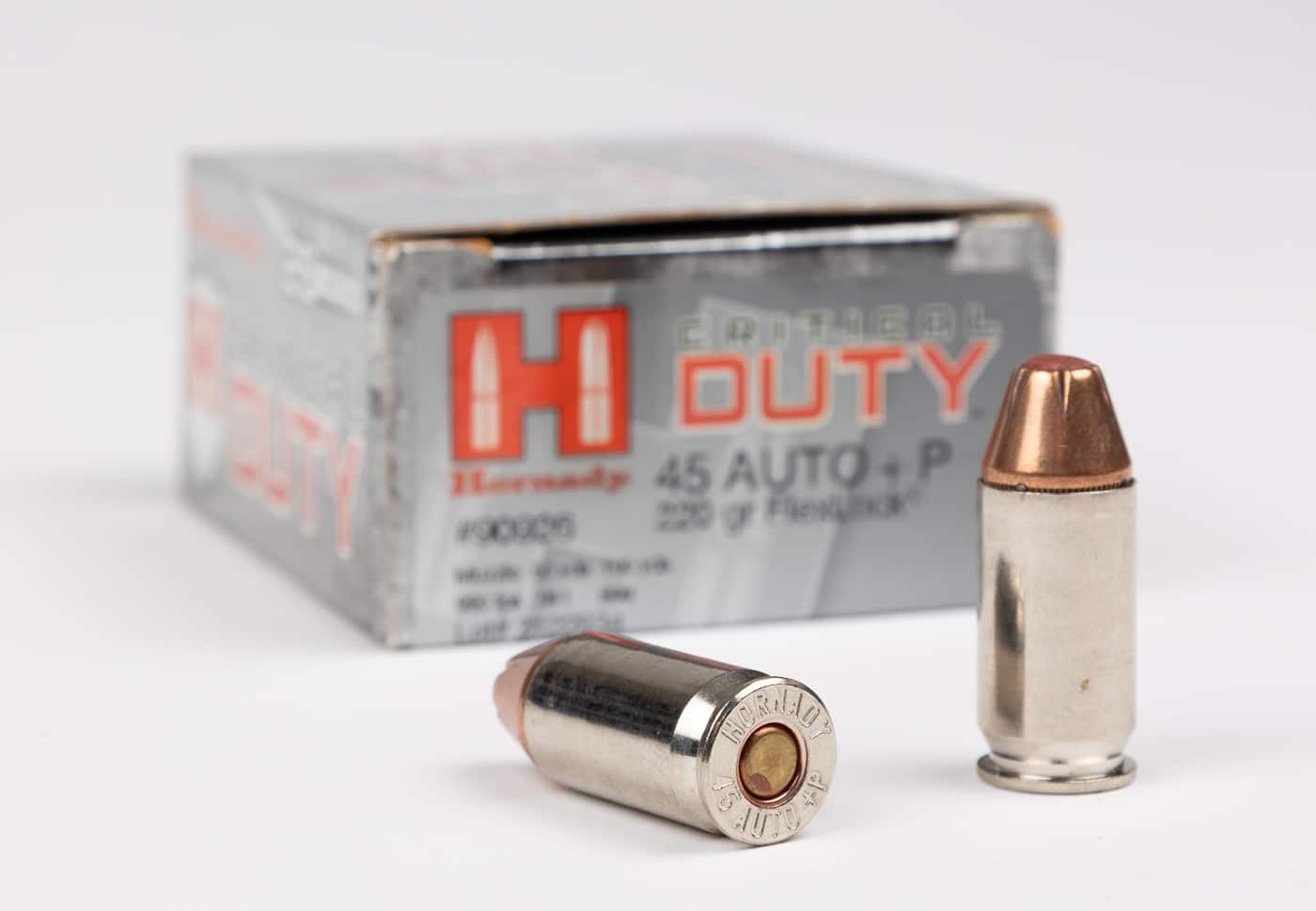
That extra pressure creates higher velocity. The bullet leaves the barrel faster. You get more energy on target. There is more expansion potential with hollow points. You get better penetration in some defensive scenarios. See my article on bullet weights in self-defense ammunition for additional information.
But pressure equals stress on components. Every time you fire +P ammunition, the slide cycles harder. The recoil spring compresses more. The barrel experiences greater force. The frame absorbs more shock. Is it so much additional stress that you should worry about it? Probably not.
Guns That Can Handle +P
Most modern firearms, especially those from major manufacturers, are built plenty tough enough for +P loads.
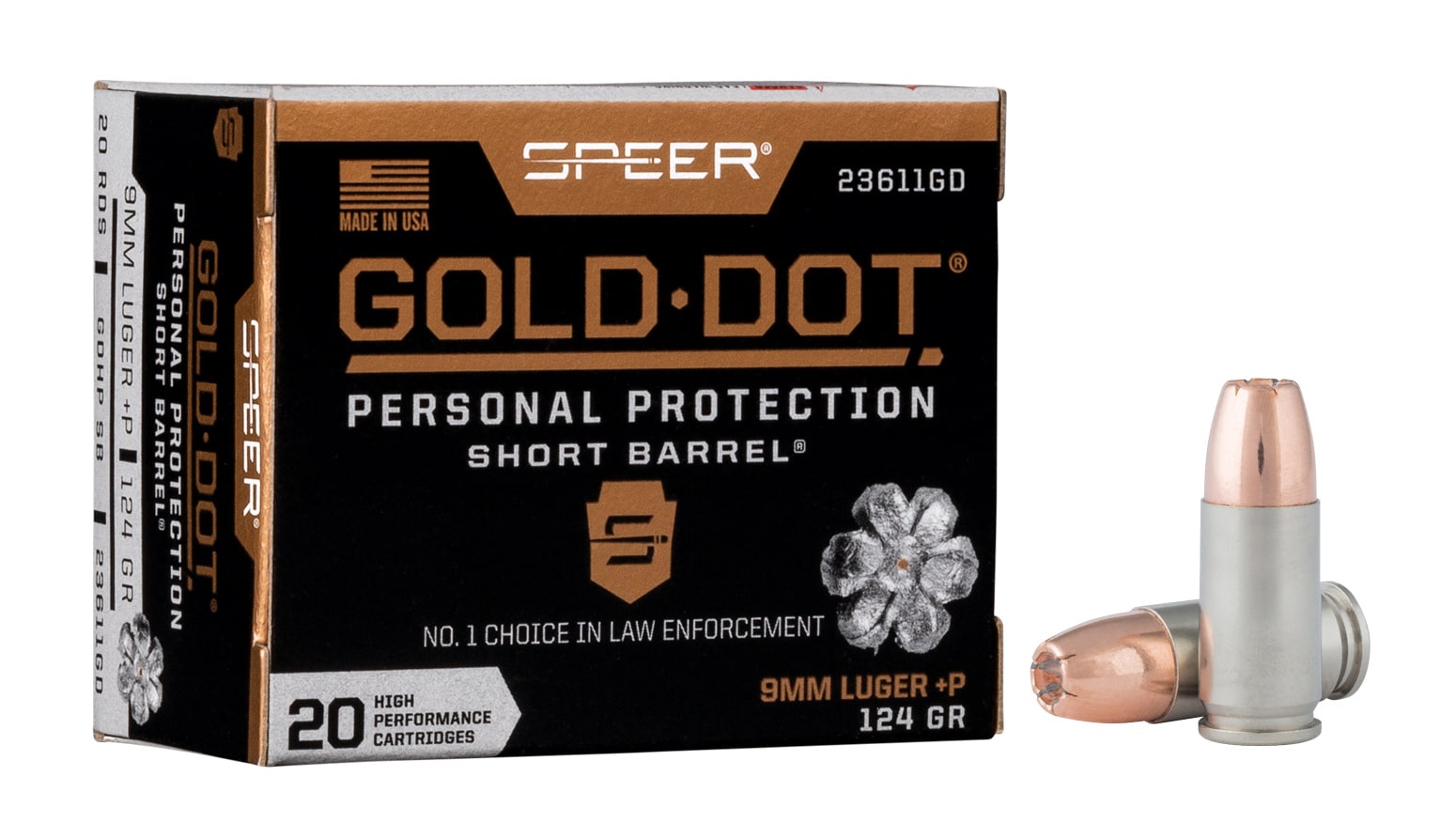
The real concern is older guns. Vintage revolvers and pistols manufactured before modern metallurgy standards might not be rated for higher pressure ammunition. Even if they don’t say “no +P” explicitly, the absence of a rating means you shouldn’t risk it.
The Wear Factor
Here’s where it gets real. +P ammunition may accelerate wear on your firearm. Not catastrophically. Not immediately. But it is a potential issue over time if you shoot a lot.
Think about recoil springs. A standard 9mm might compress that spring to a certain point. +P compresses it further, more violently, more frequently. Springs have a service life measured in rounds. You’re burning through that life faster.
The slide batters against the frame with more force. Metal-to-metal contact under higher stress. Microscopic deformation happens. Over thousands of rounds, parts that normally last 20,000 cycles might wear out at 15,000.
None of this necessarily means your gun will explode or fail catastrophically. It means maintenance intervals get shorter. Replacement parts come sooner. If you shoot 50 rounds of +P a year for practice and carry, this matters very little. If you’re putting 500 rounds of +P downrange monthly, you may notice some accelerated wear. In my experience, I’ve never had any issues with shooting a lot of +P ammo in any of my guns.
What Actually Happens When You Fire +P
The cartridge detonates. Pressure spikes higher than standard loads. The bullet accelerates down the barrel more quickly. The slide unlocks from the barrel and flies rearward with more momentum.
That momentum has to go somewhere. The recoil spring absorbs it. The frame channels it. Your hand and arm deal with it. Everything in the system experiences greater mechanical stress.

The brass case expands more forcefully against the chamber walls. Extraction becomes more demanding because that brass grips the chamber harder. The ejector throws the case with more violence.
In a revolver, the cylinder stop experiences more stress as the cylinder tries to rotate under higher pressure. The topstrap absorbs more force directly above the chamber. Forcing cones can crack over time with sustained +P use in guns not designed for it. Early aluminum-frame snub revolvers saw issues, but many of those have been worked out over the years.
The “+P+” Question
Some ammunition is marked +P+. This is overpressure ammunition beyond even +P standards. SAAMI doesn’t have an official specification for +P+ loads. In theory, the pressures in +P+ loads could be anything.

Is +P+ safe? It’s tough to say as the ammo is not loaded to a known standard. Maybe the pressure is 15% more than standard — maybe it’s 50% more. For the most part, its a gamble.
Most +P+ ammunition exists in 9mm. Federal’s legendary 9BPLE offering is a 115-grain JHP loaded to +P+ pressures. Also known as the Illinois State Police load, it is a famous +P+ ammunition. Law enforcement used it for years in guns not technically rated for it.
Did they wear faster? Absolutely. Is it smart to shoot +P+ regularly? No. For self-defense carry in a modern, well-maintained pistol? It’s possible, but the risk is not recommended to take. For regular range use? You’re asking for problems.
Practical Safety Considerations
Inspect your firearm regularly if you shoot a lot of +P ammunition. Look for cracks in the frame, especially around the slide rails and the dust cover. Check the barrel and other parts for anomalies.
You may need to replace recoil springs more frequently. Be sure to read your owner’s manual and follow all the recommendations there.
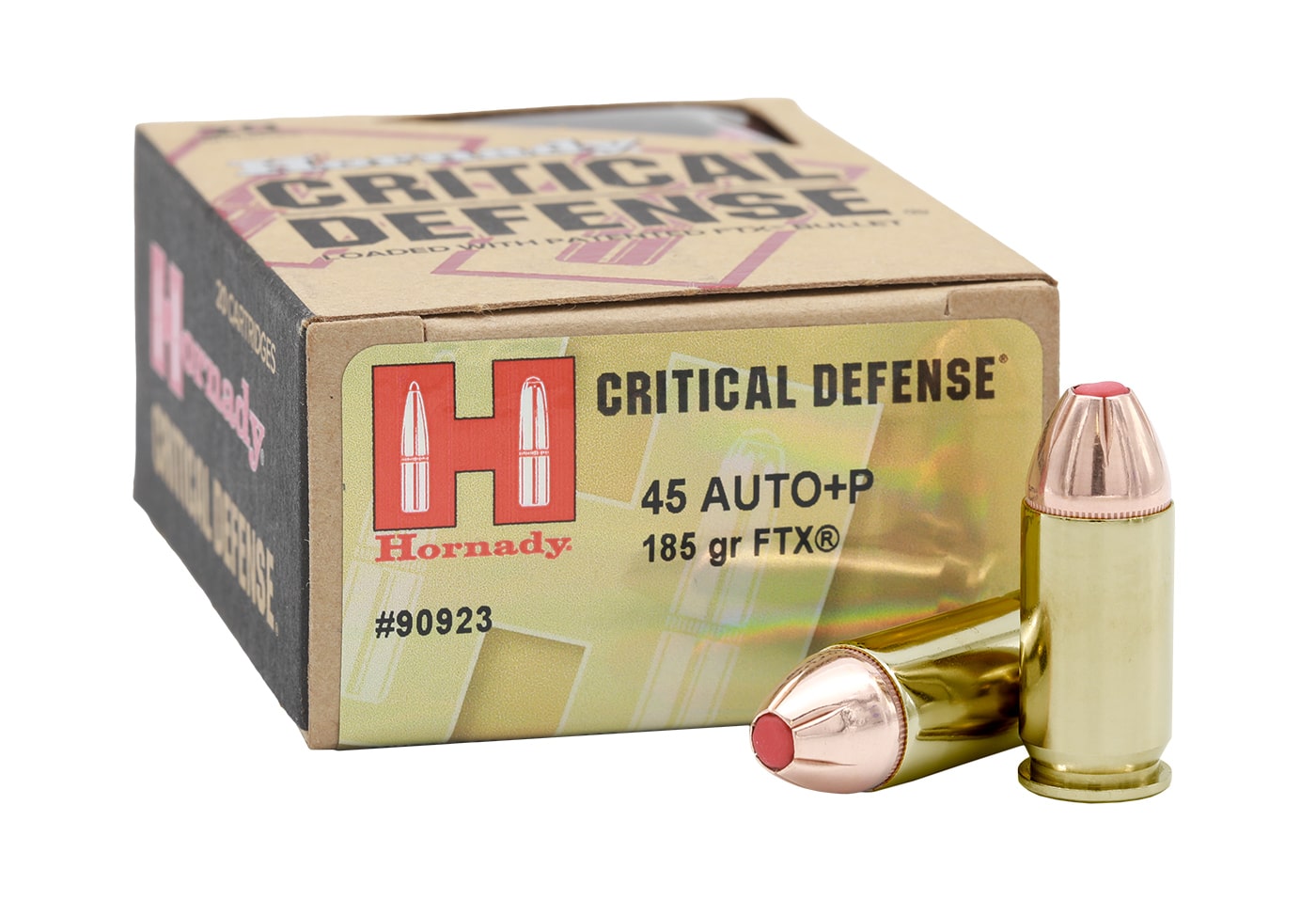
Watch for primer flattening and case head expansion. These are signs of excessive pressure. If your gun is in good condition and you are shooting commercially loaded ammunition, you should not see this.
If your spent brass shows primers that are completely flat or cases that look swollen near the head, something’s wrong. Either the ammunition is overloaded or your chamber is out of spec.
Why People Choose +P
Defensive ammunition performance matters. Standard pressure 9mm hollow points can work fine. But +P hollow points offer increased velocity which may ensure more reliable expansion and penetration through barriers like heavy clothing and intermediate obstacles.
The FBI protocol tests ammunition through various barriers. +P loads often perform better in these tests. Not always, but frequently enough that people notice.

Velocity matters for bullet expansion. Hollow points need to hit a minimum velocity threshold to open up properly. +P gives you margin. If the bullet has to go through a thick jacket or heavy bone, that extra velocity helps maintain expansion capability.
In compact pistols with short barrels, velocity drops. A 9mm load designed to expand at 1,150 feet per second from a 4.5″ barrel might only reach 1,000 fps from a 3-inch barrel. The +P version might get you to 1,100 fps, keeping you in the expansion range for the bullet design.
Revolvers and +P
Revolvers handle +P differently than semi-automatics. There’s no slide to cycle, no recoil spring to compress. The stress goes directly into the frame and cylinder.
Recoil is more dramatic in lightweight revolvers with +P ammunition. An 12-ounce snub nose shooting .38 Special +P kicks considerably harder than a 20-ounce steel-frame version with the same ammunition.
The frame flex on lightweight revolvers is greater. Aluminum and scandium frames flex more than steel under pressure. They’re designed to handle it but shoot enough +P and you’ll see more wear on the forcing cone and top strap.
.357 Magnum revolvers can obviously shoot .38 Special +P without any concern. The .357 operates at much higher pressure. Many people carry .38 Special +P loads in their .357 revolvers for reduced recoil and faster follow-up shots.
Training with What You Carry
Here’s the practical dilemma. Assume you carry +P ammunition for self-defense. Should you train with it?
Ideally, yes. You should know how your gun behaves with your carry ammunition. How it recoils. How it shoots. Where it hits at various distances.

But practically, shooting hundreds of rounds of +P for training accelerates wear and costs more. +P ammunition may cost double the price of standard pressure practice ammunition. Call it about $0.50 versus $0.25 per round of 9mm. If you shoot the same premium load that you carry — expect to pay $1/round or more.
The compromise most frequently taken: shoot mostly standard pressure for training. Every range session, put at least one magazine or one cylinder of your actual carry ammunition through the gun. Enough to stay familiar, but not so much you’re destroying your bank account.
Storage and Chambered Rounds
Ammunition sitting in a chamber experiences some stress. Not pressure, but physical deformation over time. The bullet can get pushed back into the case slightly from repeated chambering or from setback against the feed ramp.
With +P ammunition, this matters more. If the bullet gets pushed deeper into the case, you’ve reduced case volume. Same powder charge in less space equals higher pressure. Potentially dangerous pressure.
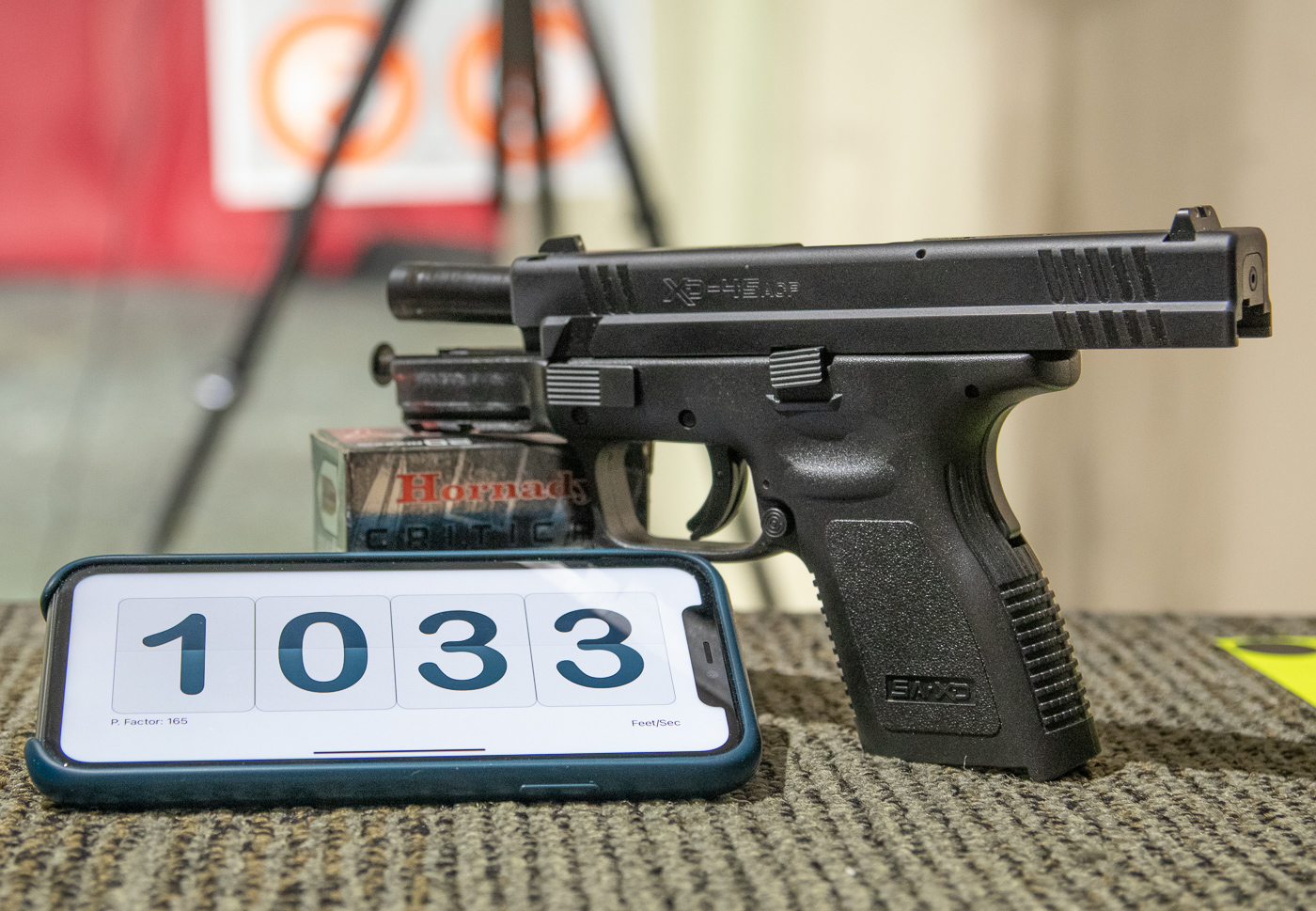
Rotate your carry ammunition. Don’t chamber the same round repeatedly. If you chamber a round, shoot it at your next range session and replace it. Check your chambered +P rounds periodically for setback.
In revolvers, this isn’t an issue. The cartridges sit in the cylinder without chambering pressure affecting them. But semi-automatic carriers need to pay attention.
Ammunition Selection Realities
Not all +P ammunition is created equal. Some manufacturers load to the maximum SAAMI specification. Others load more conservatively and still call it +P for marketing purposes.
Some budget +P ammunition barely exceeds standard pressure levels. You’re paying for the +P marking without getting significant performance benefits.
Test your ammunition in your specific gun. Velocity varies with barrel length, chamber dimensions, and individual firearm characteristics. A chronograph tells you what you’re actually getting.
The Bottom Line on Safety
+P ammunition is safe in guns rated for it. Period. If your manufacturer says it’s okay, it’s okay.
The risks aren’t catastrophic failure. They’re accelerated wear and reduced component life. In a defensive situation, the extra performance might matter. For general shooting, standard pressure ammunition does the job fine.
Inspect your firearm regularly. Replace wear parts before they break. Don’t shoot +P+ unless you absolutely know what you’re doing and why. Modern firearms from reputable manufacturers handle +P ammunition as designed. Respect the engineering. Follow the manual. Your gun will be fine.
Editor’s Note: Be sure to check out The Armory Life Forum, where you can comment about our daily articles, as well as just talk guns and gear. Click the “Go To Forum Thread” link below to jump in!
Read the full article here

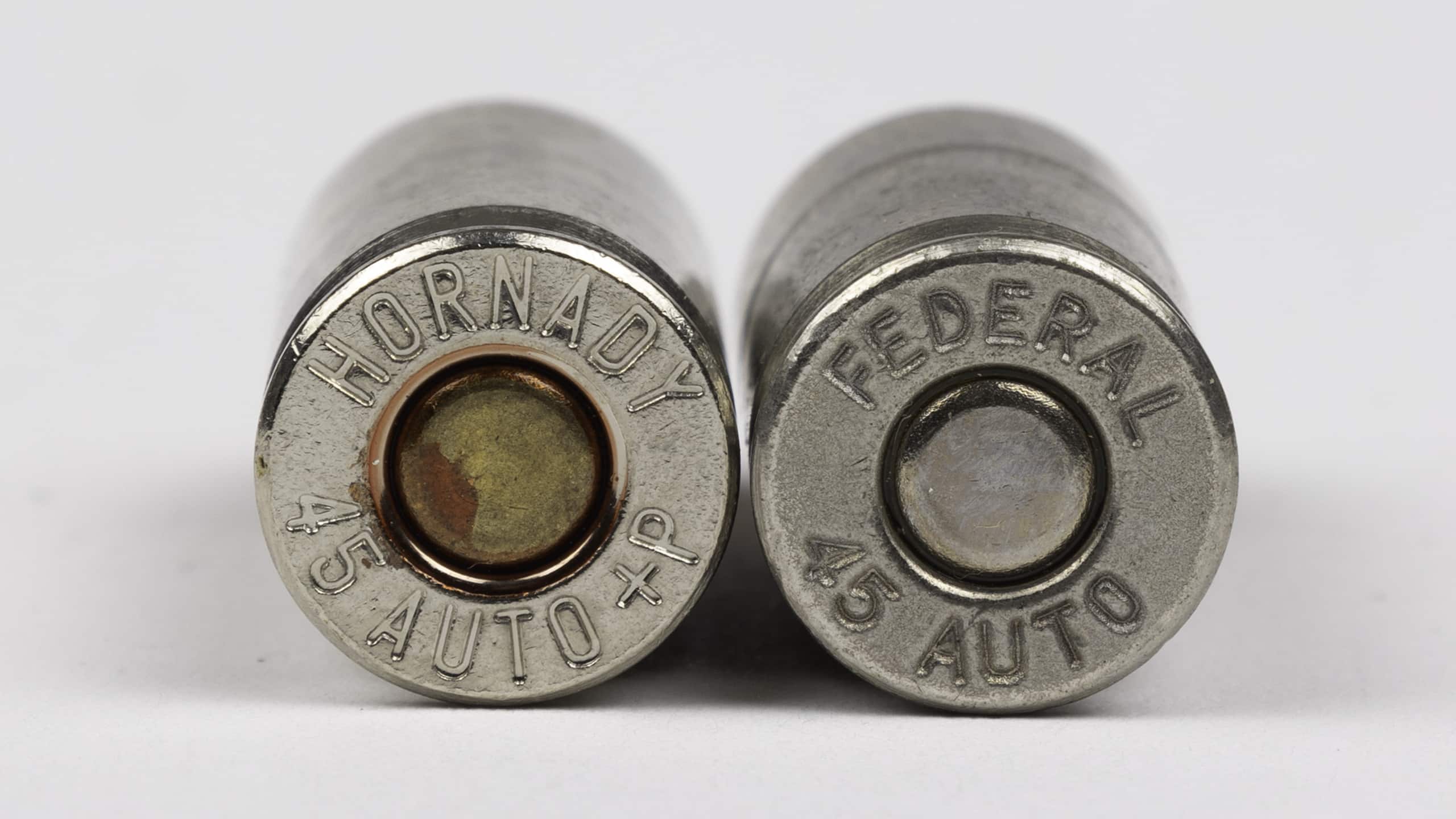






Leave a Reply